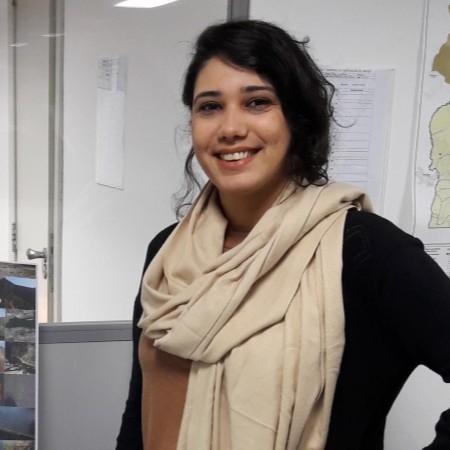Abstract
Length-weight relationships (LWRs) were estimated for 16 ornamental fish species from Amanã Lake and nine tributary streams, in Central Brazilian Amazonia. Sampling was carried out bimonthly for a year (2007–2008), using two sets of four gillnets (20 m × 2 m, 2,5; 3,5; 04; 4,5 cm stretch mesh size); trawls were performed with seine nets (35 m × 6 m, 3 mm stretch mesh size); native fish-traps (fyke-net
like fish-traps woven from local lianas), and dip nets (0.5 m × 0.5 m stretch mesh size). Measurements were done for standard length (SL –0.1 cm precision) and total weight (Wt –0.01 g precision). This study provides information on the length–weight relationships for all sampled species and, in addition, provides new maximum standard lengths for six species.
KEYWORDS: allometry, Amazon fishes, Middle Solimões Basin, neotropical fish fauna
INTRODUCTION
Morphometric parameters, such as the length–weight relation (LWR), is usually the first step in obtaining estimates of population growth for fish communities, and form a key element in fish biology and ecology research, potentiating is species biomass estimations from length observations (Froese et al., 2011). The relationship between these two variables generates information contributing to the development of fish population and dynamics models (Froese, 2006), can reveal biogeographical relationships, as well as provide baseline information for fish stock management strategies and conservation (Barros et al., 2018; Camargo et al., 2018; Froese et al., 2011; Silva et al., 2019). This paper describes the length-weight relationships (LWR) for 16 ornamental fish species from the Amanã Sustainable Development Reserve (ASDR), sampled at Amanã lake, in Central Brazilian Amazonia, and of its nine tributary streams. The study were carried out as part of a larger research project, conducted by the Mamiraua Institute, to support the sustainable management of ornamental fish in the area by the local traditional fishing communities.
MATERIALS AND METHODS
Sampling was carried out bimonthly between February 2007 and February 2008, at Amanã Lake and nine tributary streams (02º 37’ 07” / 64º 38’ 47”), all lying within Amanã Sustainable Development Reserve (ASDR), Amazonas State, Brazil. Sampling was conducted using two sets of four gillnets (20 m × 2 m, 2,5; 3,5; 04; 4,5 cm stretch mesh size) immersed in water for 24-hr with 3-hr interval between catches; five trawls were performed with seine nets (35 m × 6 m, 3 mm stretch mesh size); five woven native fish-traps
(fyke-net like fish-traps woven from local lianas) immersed in water for 24-hr, and two hundred trawls were performed with dip nets (0.5 m × 0.5 m stretch mesh size). Collected fish were anesthetized, fixed in 10% formalin and preserved in 70% ethanol after a 10-day- period. Fish specimens were later identified to the species level by consulting the literature (e.g. Barata & Lazzarotto, 2008; Gery, 1977) and specialists. All scientific names, authority and year of description followed Eschmeyer et al. (2020), and all species relationships were checked using Fishbase (Froese & Pauly, 2020).
Acesse o artigo completo gratuitamente:



